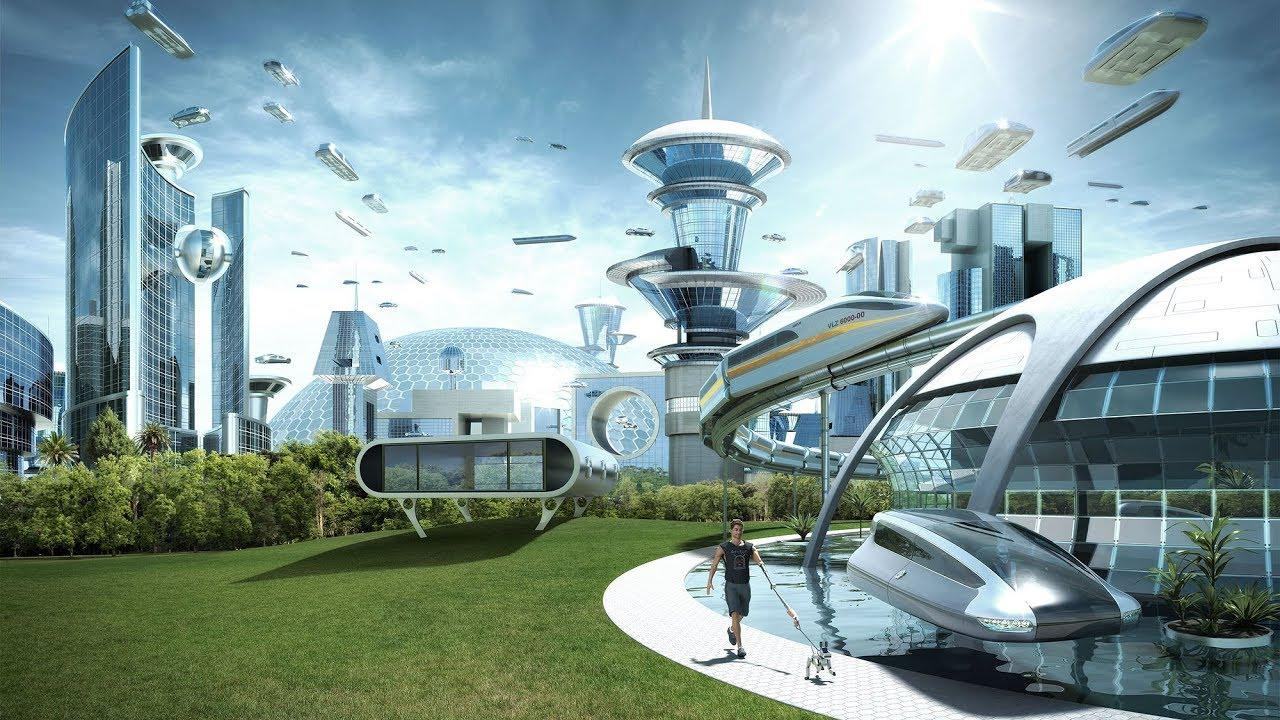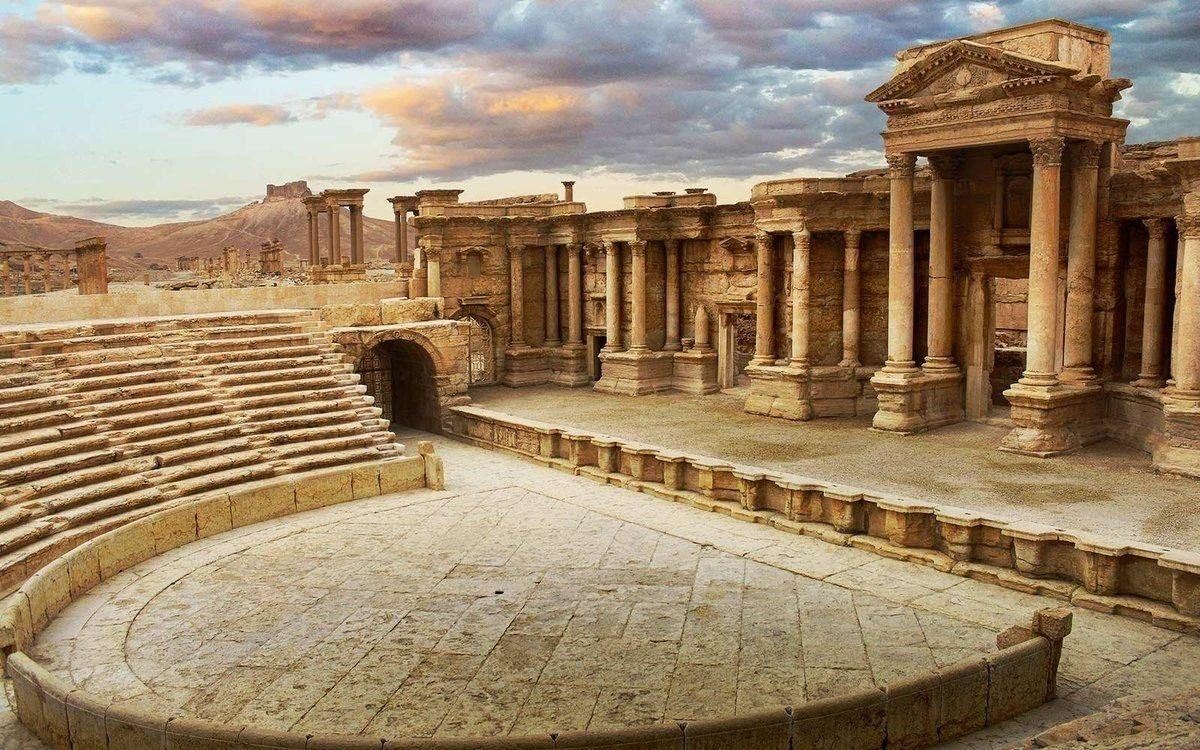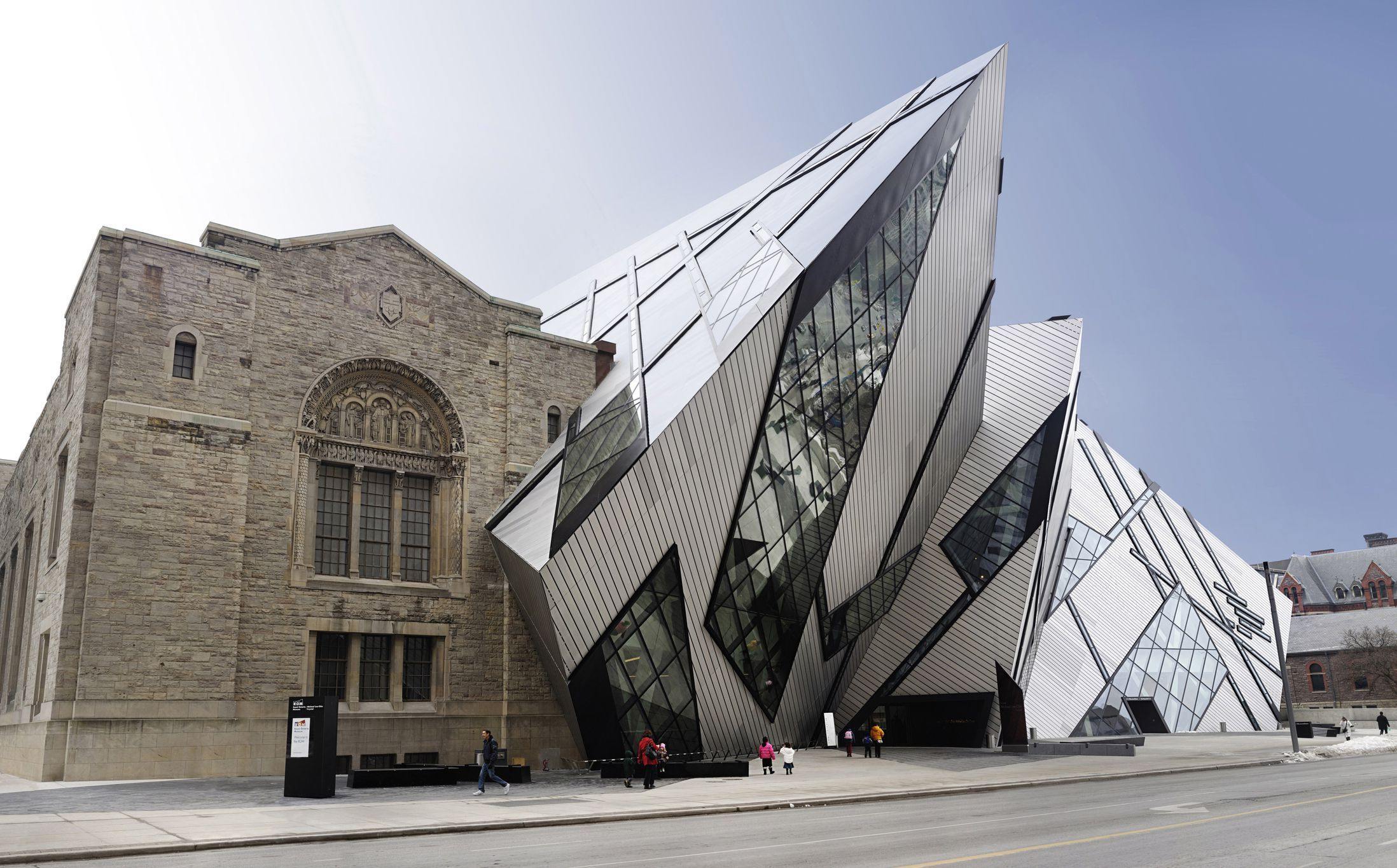
In the 21st century, architecture is no longer just a matter of aesthetics and functionality. Modern cities are becoming an arena for the introduction of technologies that transform the way buildings are designed, built, and operated. From 3D printing and smart materials to artificial intelligence, innovation is shaping megacities, making them more adaptive, sustainable, and liveable. In this article, we will explore how technology is changing modern architecture, making cities a place where the future meets the present.
One of the most impressive technologies influencing architecture has been 3D printing. It allows you to create complex structures faster, cheaper, and with minimal waste.
Housing
In China and the UAE, projects have already been implemented to build entire residential buildings using 3D printers. Such technologies reduce the cost of construction and make it possible to create affordable housing.
Design elements
Architects are increasingly using 3D printing to create unique facades and interior elements that are difficult to implement using traditional methods.
The technology is evolving, allowing the use of new materials such as recycled plastic and biodegradable compounds. This makes it an important tool in the fight for sustainable construction.
Smart materials are another technological breakthrough that is changing the face of our cities. These innovative materials respond to environmental changes, making buildings more energy-efficient and functional.
Self-healing concrete
This material is able to repair cracks thanks to bacteria that are activated when in contact with moisture. This increases the durability of buildings and reduces repair costs.
Electrochromic Glass
Glass, which changes the degree of transparency depending on lighting or temperature, is actively used in modern skyscrapers. This helps to save energy for heating and air conditioning.
Phase transition materials
These substances are able to accumulate and release heat, regulating the microclimate inside the building.
Artificial intelligence (AI) has become an important tool at all stages of the architectural process.
AI helps architects analyze complex data and create optimal designs. For example, AI-based programs take into account lighting, air flow, and energy consumption in the design of buildings.
AI-controlled robots are already being used to perform complex construction tasks, such as laying bricks or assembling façade panels.
Smart buildings with AI systems can adapt to the needs of residents, regulate lighting, temperature, and even predict energy consumption.
Modern architecture is increasingly using technology to create sustainable cities. Renewable energy, recycled materials and minimizing the carbon footprint are becoming the standard.
An example is green skyscrapers such as Bosco Verticale in Milan, where innovative solutions help integrate nature into the urban environment.
Architecture and technology go hand in hand, changing the face of our cities. From 3D printing to artificial intelligence, these innovations make construction more efficient, sustainable, and liveable. Technology allows not only to embody bold ideas, but also to solve global problems facing humanity. In the future, architecture will increasingly focus on harmony with nature, convenience for people and the use of advanced technologies, making cities truly smart and beautiful.

Architecture is the language through which humanity expresses its culture, values, and achievements. For thousands of years, people have created buildings that amaze with their beauty, engineering complexity and symbolism. Each of them carries a unique story that inspires generations. In this...
Read More
Architecture has always been a link between the past and the future. In the era of globalization and urbanization, architects have faced the difficult task of preserving historical heritage, integrating it into the modern context. Instead of demolishing old buildings and erecting new ones, more and...
Read More